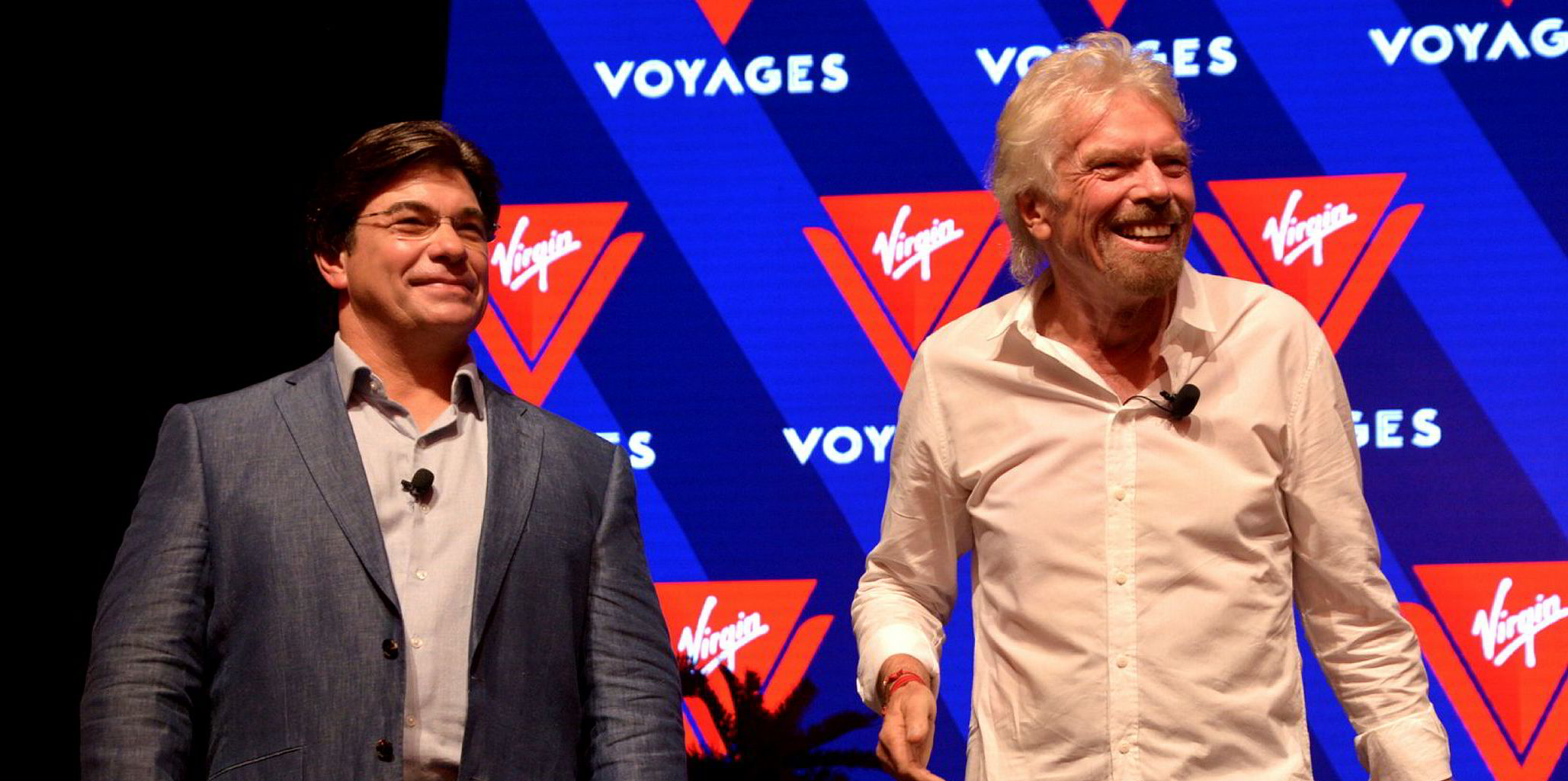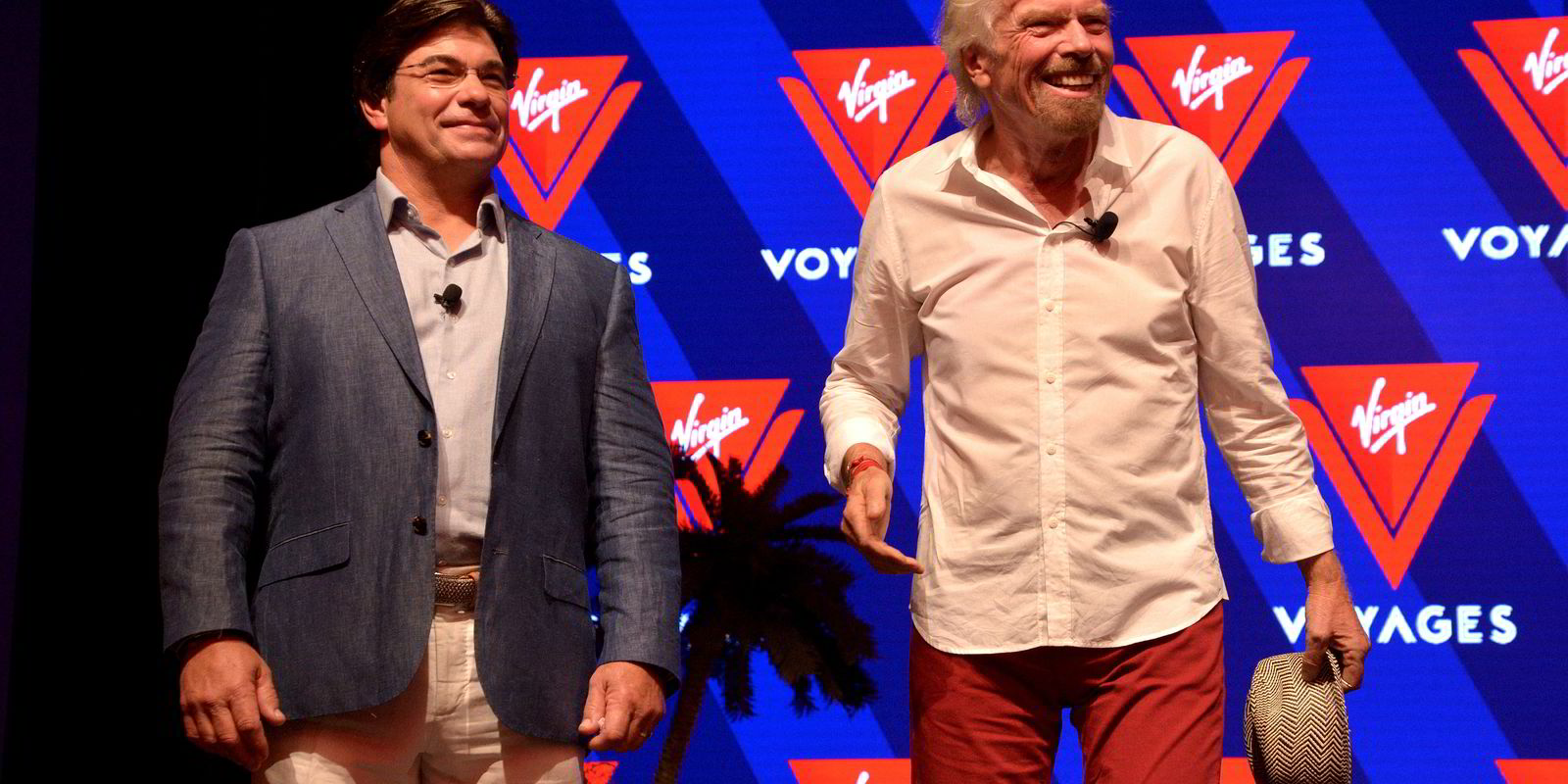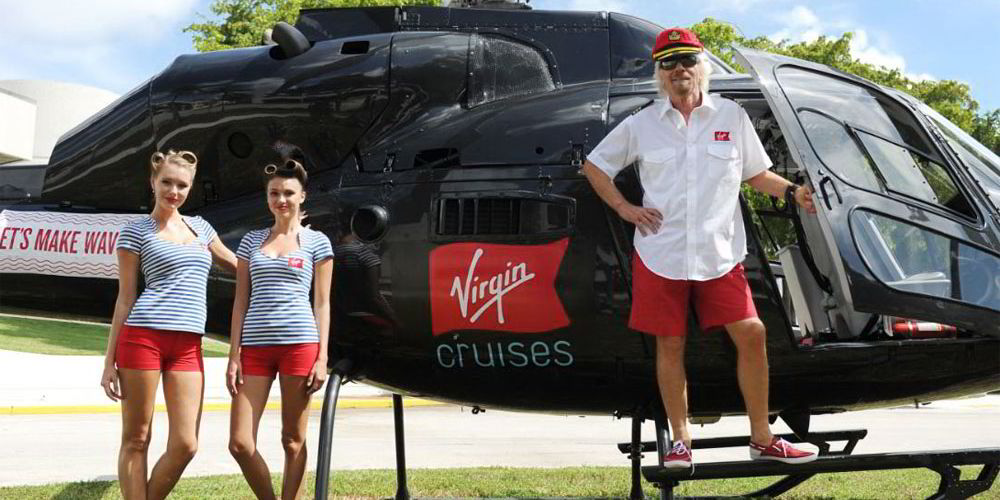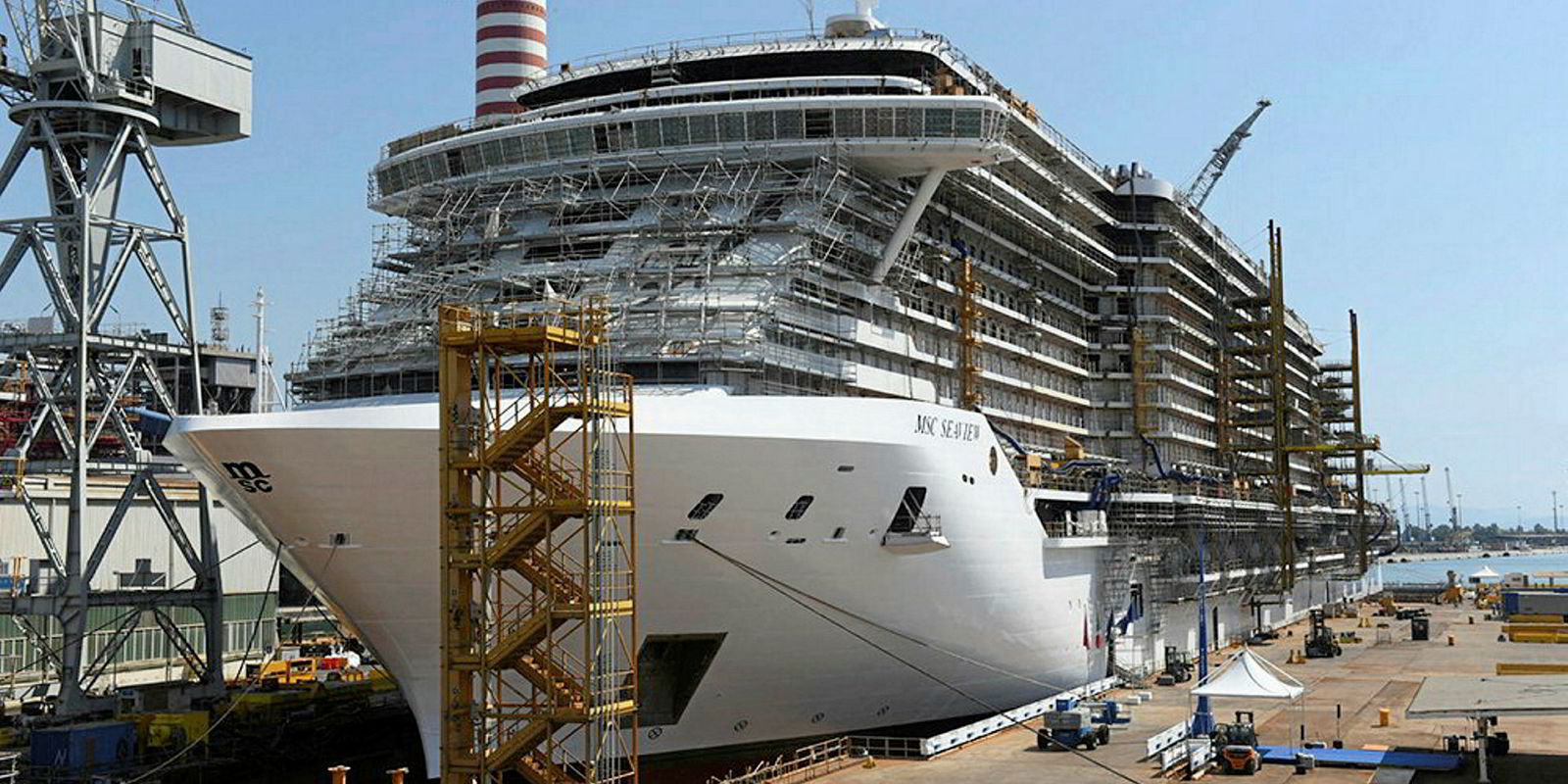Richard Branson may have thought the cruise industry lacked excitement before his arrival - but the British tycoon has been dreaming about having a cruise line for over 40 years.
Branson finally took the plunge in 2014 with Virgin Voyages after teaming up with Bain Capital to launch a $2.55bn project, becoming arguably the best-known billionaire to be attracted to the sector.
“At the age of 27, I was already dreaming of starting a cruise line despite never having been on a cruise,” Branson told Bloomberg.
“What I had seen and heard about cruises sounded quite dull, so I figured I’d start my own.”
According to Forbes, Branson has a net worth of $5.1bn.
Other billionaires investing in the industry include Malaysian Chinese billionaire Lim Kok Thay, chairman of resorts and casinos company Genting Group who bought Crystal Cruises, and French arts patron Maryvonne Pinault.
Norwegian-born cruise industry executive Torstein Hagen also threw his hat into the ring in 1997 by buying four river ships to create Viking River Cruises.
And Micky Arison, Carnival's long-time CEO turned chairman in 2013, still has a big stake in the company founded by his father Ted in 1972 as Carnival Cruise Lines.
“I would say that we have been living my dad’s dream for many years now,” he told Bloomberg.
Other billionaires invested in cruise include Eyal Ofer, a major shareholder in Royal Caribbean, and Gianluigi Aponte of MSC Cruises.
Branson and other entrepreneurs are finding cruise to be a "good bet", according to Bloomberg News.
In an industry dominated by behemoths such as Carnival Corp and Royal Caribbean Cruises, niche segments such as Ponant’s have drawn the attention of wealthy entrepreneurs, says Brian Egger of Bloomberg Intelligence.
According to the Cruise Lines International Association trade group, cruising is a $126bn billion industry with plenty of room to grow.
Egger says that only about 20% of Americans have taken cruises, and the number is smaller for Europeans and smaller still for Asians.
“It’s still a relatively under-penetrated sub-segment of the leisure and vacation market,” he says.








